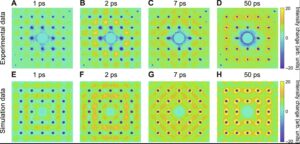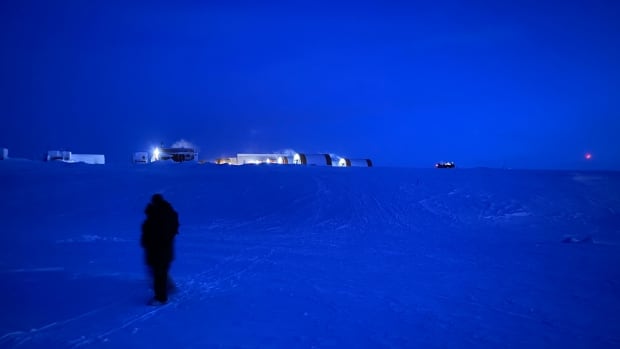
While speaking to a group of military personnel gathered in the mess hall of the Resolute Bay, Nunavut training facility, Chief Warrant Officer Terence Wolaniuk described the situation facing the Canadian Arctic bluntly.
“The threats are below the ice, on the ice, above the ice and in space,” Wolaniuk said.
“The threats are there and they’re real … When you take a look at the world, it’s just a matter of time before something flares up globally. Not just in Europe, not Indo-Pacific, but also the North.”
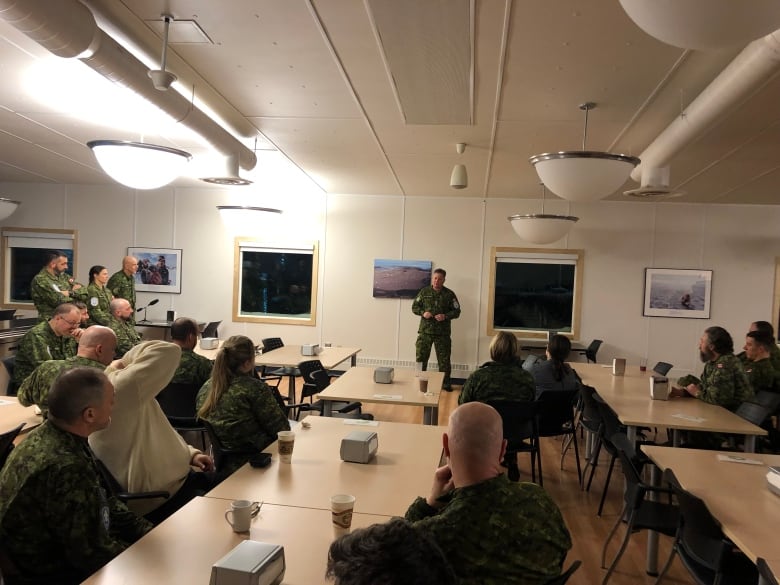
The speech took place during a tour of the military training facility located in the high Arctic as part of Operation Nanook-Nunalivut.
During it, he described the setting of the Canadian North, a plot of land about the size of continental Europe with a population of around 130,000. The Northwest Passage, a key waterway that connects multiple continents, attracting foreign interests and opening to commercial traffic at a rapid pace.
And a complex terrain with temperatures that can dip beyond –50 C.
Operation Nanook-Nunalivut runs from March 1-17 and includes training exercises such as joint long-range patrols, austere logistics, and below-ice diving. It mostly draws personnel from the Canadian Armed Forces, but also includes about 50 members from the United States, Belgium, Germany and France.
“It’s a difficult time right now and this operation is more important than ever,” Wolaniuk told the crowd.
“The idea is to train for war and be prepared to fight war.”
Global tensions
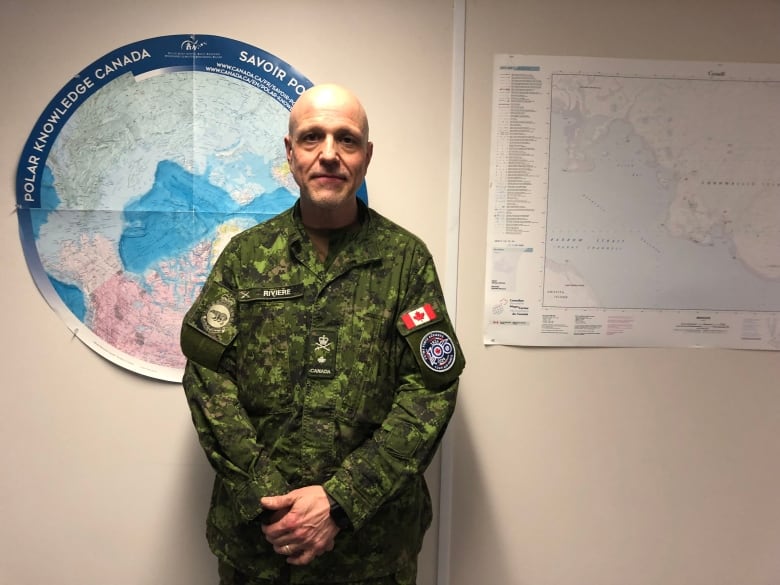
The training operations come during a particularly tense period, with Russia at war with Ukraine, and China stating it’s a near-Arctic nation.
Resolute Bay also sits along the Northwest Passage, a waterway that connects Asia to Europe and is opening more each year as sea ice melts.
It also could be the source of future conflict as not all countries, including allies, recognize it as Canadian waters.
Brig.-Gen. Dan Rivière is the commander of Joint Task Force North. He said unequivocally the Northwest Passage is part of Canada.
He said in an interview that in addition to the Nanook-Nunalivut exercises, there’s a summer series of training missions called Operation Nanook-Nunakput which focuses on defending the Northwest Passage.
“It’s a thing we’ve become very good at, but that we need to maintain on an annual basis,” he said.
“That’s one of the things that we do to develop and maintain readiness on that transit route, which is ours.”
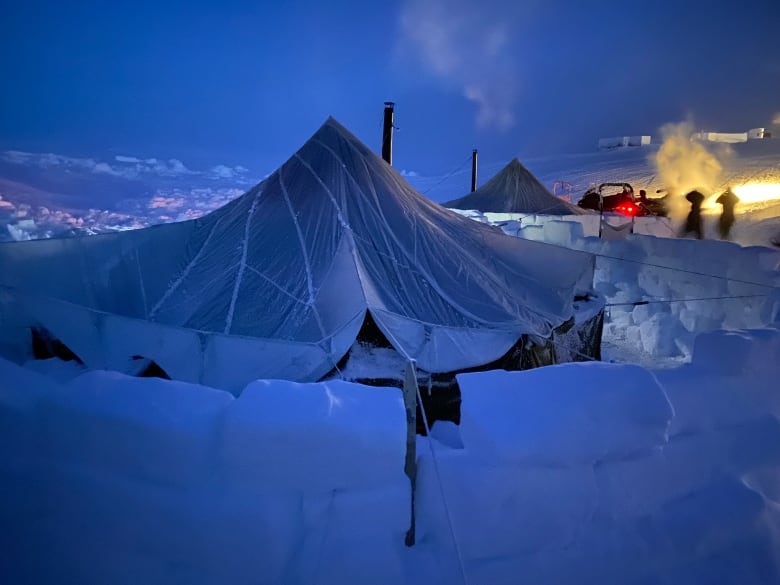
The cold is the biggest enemy
In a section of the Resolute Bay training facility known as “Crystal City,” tents line an impromptu street, some with walls of snow blocks to protect from the wind.
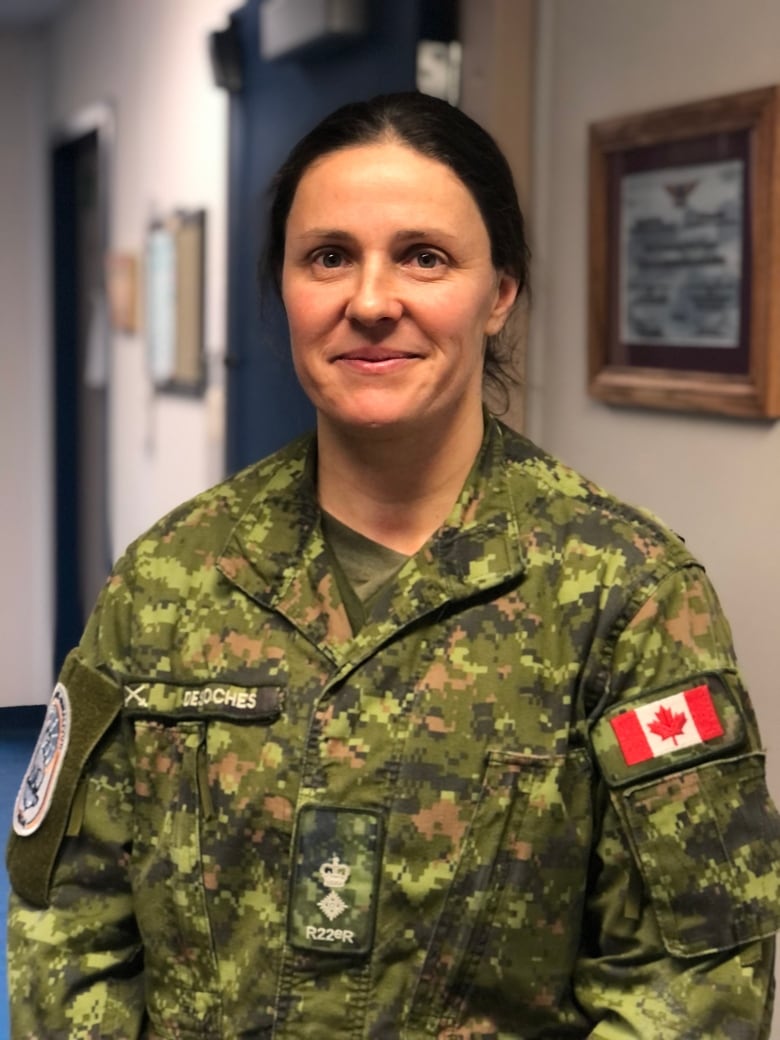
“This is for living in,” said Lt.-Col. Marie-Josée Desroches, commander of Joint Task Force Nanook-Nunalivut.
The facility holds anywhere from 12 to 400 personnel at any given time and during the operation it operated beyond capacity, which required extra accommodations to be set up to give troops the full experience of living on the land in the high Arctic.
“We worked a lot with the Rangers who helped us with the basic skills of building igloo or different things,” she said.
Capt. Luke Mitchell, staff officer for the Canadian Armed Forces Arctic Training Centre, said the biggest threat facing personnel is the elements.
“I think the utmost importance up here is, is just the surviving the elements and being able to conduct what you’re doing on the land with, you know, the biggest enemy being the cold,” he said.
The operation also gave troops the chance to practise search and rescue and do underwater diving in Great Slave Lake, south of Alert Bay in Yellowknife.
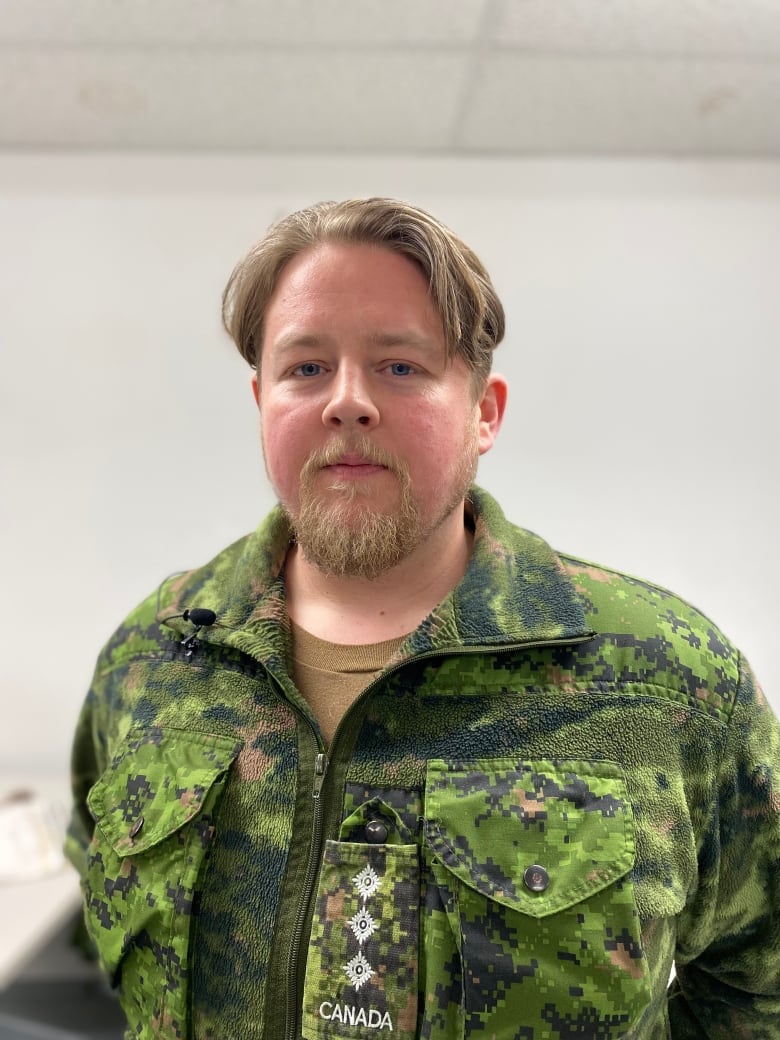
A twofold operation
Aziz Kheraj is the mayor of Resolute Bay, a community of under 200 people.
With troops visiting for the operation, military personnel triple the size of the community. But he says this is a good thing.
“It’s good for the economy, and it’s good to have a lot of fresh faces in town,” he said.
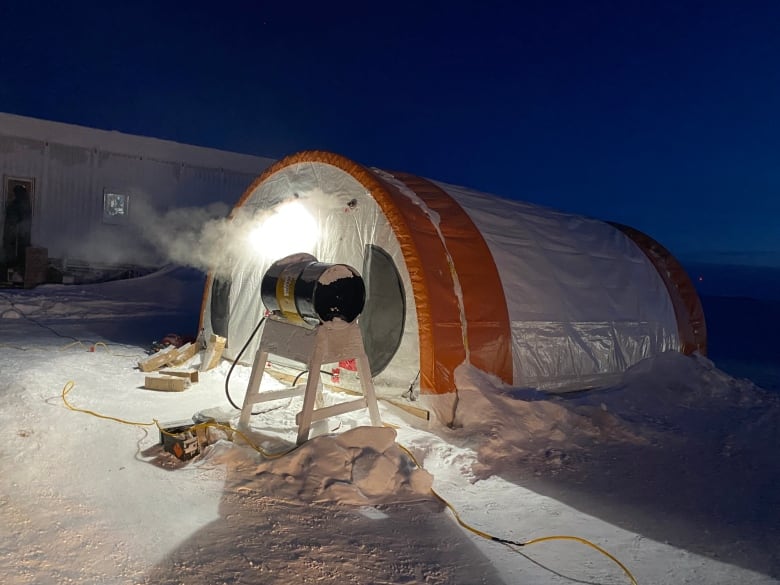
But they’re typically only there seasonally and he said it could be better to have the facility fully staffed year round.
Rob Huebert is an associate professor at the University of Calgary whose work focuses on Arctic security and sovereignty, who says the operation is largely twofold.
The first is to practise operating in the challenging Arctic conditions and the other to make it known to the world that the Canadian military is able to operate there.
“Having the capability is one thing, having your enemies know it is another,” he said.
“So you want to be able to show to the Russians, to the Chinese, to any others that are maybe thinking in terms of perhaps infringing on Canadian Arctic sovereignty and security, know we have a force that has this capability.”
He said these training exercises are good as troops should get practice in the harsh terrain and it’s important to showcase that ability.
But he said there’s a third reason that the Canadian government holds the operation and opens it to the media.
“Canadian governments like to pretend that they’re doing a lot,” he said, adding “we have allowed so many elements of our forces to deteriorate.”
Huebert said there is talk of modernizing the North American Aerospace Defense Command radar system (NORAD) — which was last modernized in 1985 — but there’s still a shortage of military personnel, let alone personnel ready to defend the Arctic.
